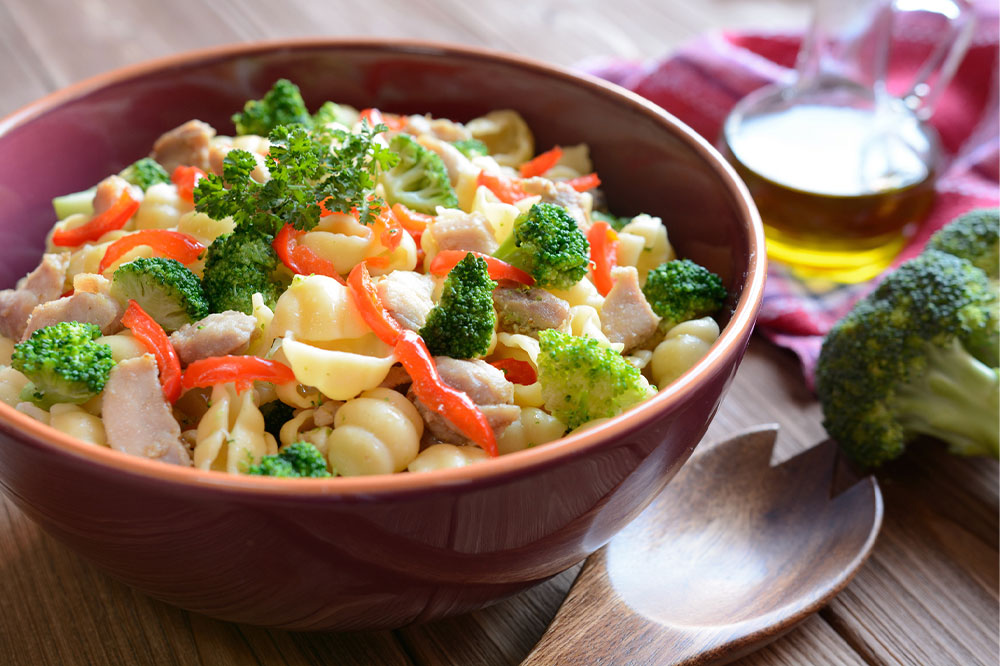Top 4 ways to manage cholesterol

Cholesterol is a condition that is mostly seen among people over the age of 50. But with unhealthy food and lifestyle habits, younger people today are prone to it as well. High levels of cholesterol mean there’s a higher risk of premature heart attacks and complications. Moreover, stats claim that over 1 million adults have an inherited risk for cholesterol. This article highlights some lifestyle tips and ways that help manage cholesterol levels:
Treatment
There are medications to clear the cholesterol from the system. LIVALO (pitavastatin) is used to lower bad cholesterol in patients who have abnormally high levels of it. This oral prescription can be had daily, but the dosage can vary depending on the advancement of the disease. Repatha® is another prescription to lower low-density lipoprotein cholesterol (LDL-C).
Food habits
Foods play a huge role in the development of cholesterol. People should generally avoid greasy options like fries, deep-fried snacks, and frozen dinners. Moreover, foods like cheese and butter should be eaten in moderation. Packaged foods like chips, canned foods, and ready-to-make dinners should also be avoided, as they are high in sodium and preservatives, which also contribute to complications related to the heart. Instead, choose to cook fresh meals from scratch and include more vegetables and fruits in one’s meal plans. Try to include more salads, as it’s the easiest way to stay healthy and away from carbs.
Lifestyle changes
Make time for a good run, walk, or practice yoga. Alternatively, take up gardening as a hobby or join a fitness club that practices varied activities. This is an ideal way to combine workouts and fun. The easiest way to keep oneself motivated is by enjoying workouts, making them more interesting, and finding good company. Keeping active is one of the most rewarding things to do for the mind and body.
Cut unhealthy food at its source
To limit the intake of fatty, greasy, and oily foods, one must restrict their grocery list to only healthy alternatives. This way, when one reaches out to the fridge for something unhealthy, all they will find are healthy options.

